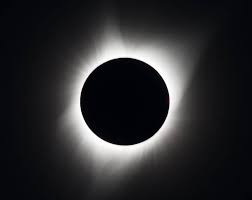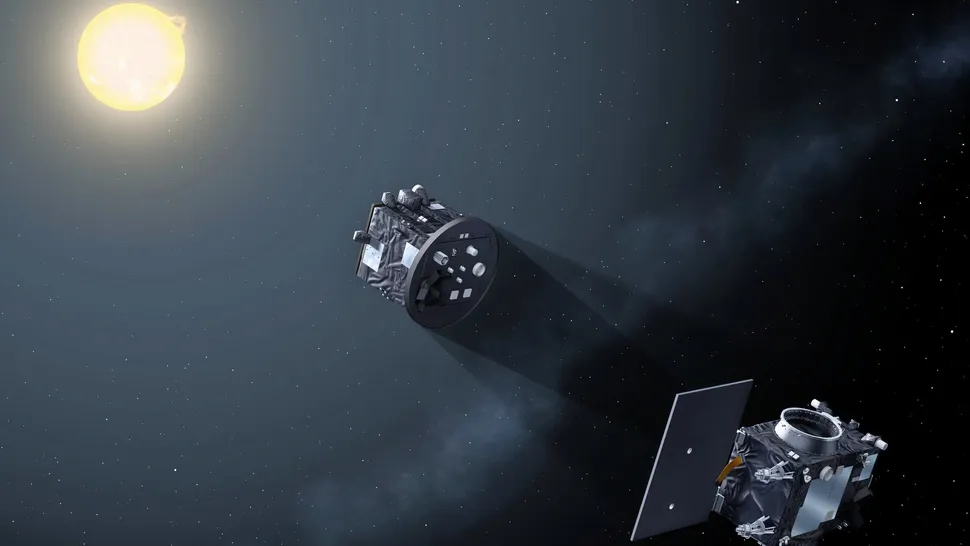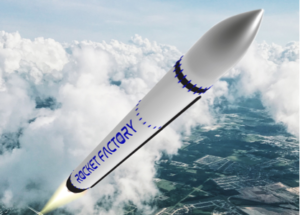The Proba-3 mission will create an artificial eclipse to study the Sun’s corona
10th Jan 2024
The European Space Agency (ESA) is set to launch Proba-3 mission focused on enhancing the detection of the Sun’s corona.
What is the sun’s corona?
Corona is a term for small, faint elements in the Sun’s exceptionally dim outer atmosphere. This elusive solar feature is visible solely during infrequent and brief natural solar eclipses.
The mission’s details
The preparation for the mission has been underway for a minimum of 14 years. The mission is scheduled to launch in September 2024 from the spaceport in Sriharikota, India.
The Proba-3 mission intends to deploy two small satellites simultaneously. Then, they will diverge once in space and orbit Earth in tandem. These two satellites are an occulter and a specialized instrument named a coronagraph. Similar to the Moon’s position during a solar eclipse, they will replicate a natural solar eclipse by aligning themselves 144 meters (472 feet) apart.
This arrangement allows the occulter to obstruct the Sun’s bright disk, enabling the coronagraph to study the sun’s outer atmosphere without interference.
The novel approach to explore the Sun’s corona
According to the European Space Agency (ESA), the duo of satellites will complete one orbit around Earth every 19.5 hours. They will sustain their aligned position for a mere six hours in each orbit to minimize fuel consumption. This unique configuration, touted as the first of its kind, aims to capture a glimpse of the corona.

Minimizing of diffraction
Coronagraphs typically incorporate an occulter to independently block the Sun’s bright disk. However, they are susceptible to data-damaging diffraction, a result of light dispersing around their edges, occasionally overshadowing extremely faint signals.
The optimal method for minimizing diffraction involves expanding the separation between the occulter and the coronagraph, a strategy that Proba-3 is specifically implementing, stated Damien Galano, the project manager for Proba-3.






Thank you for your comment! It will be visible on the site after moderation.